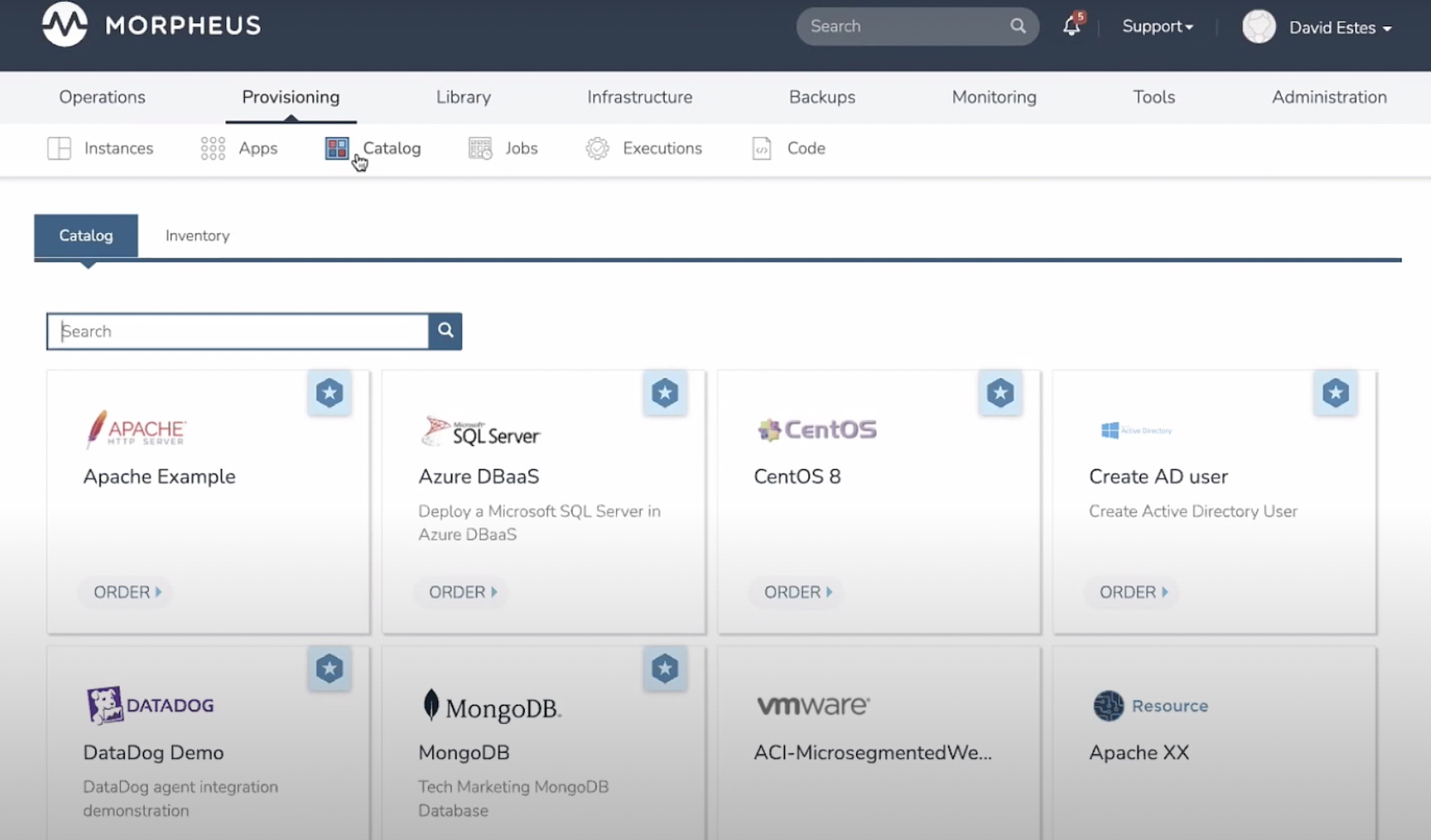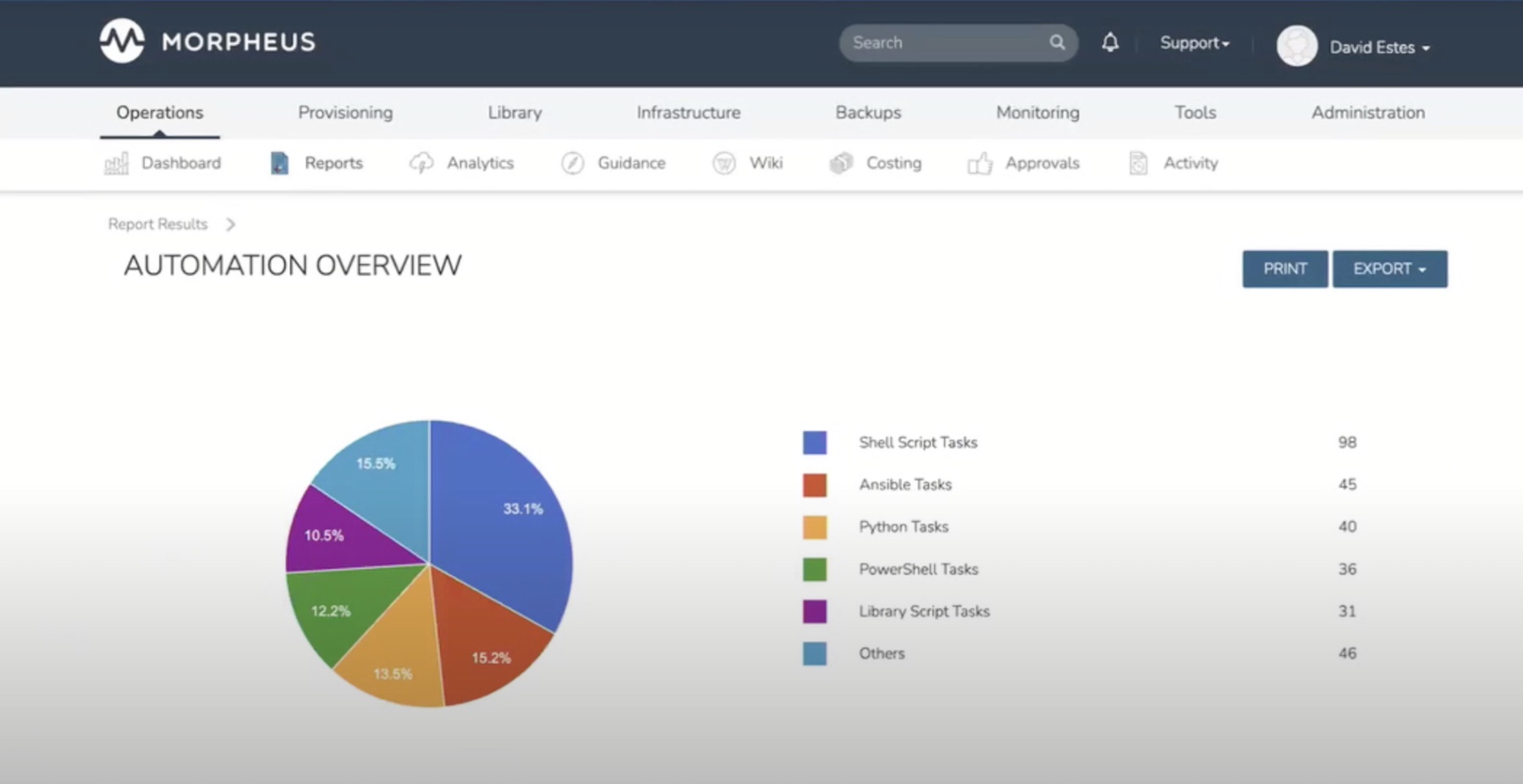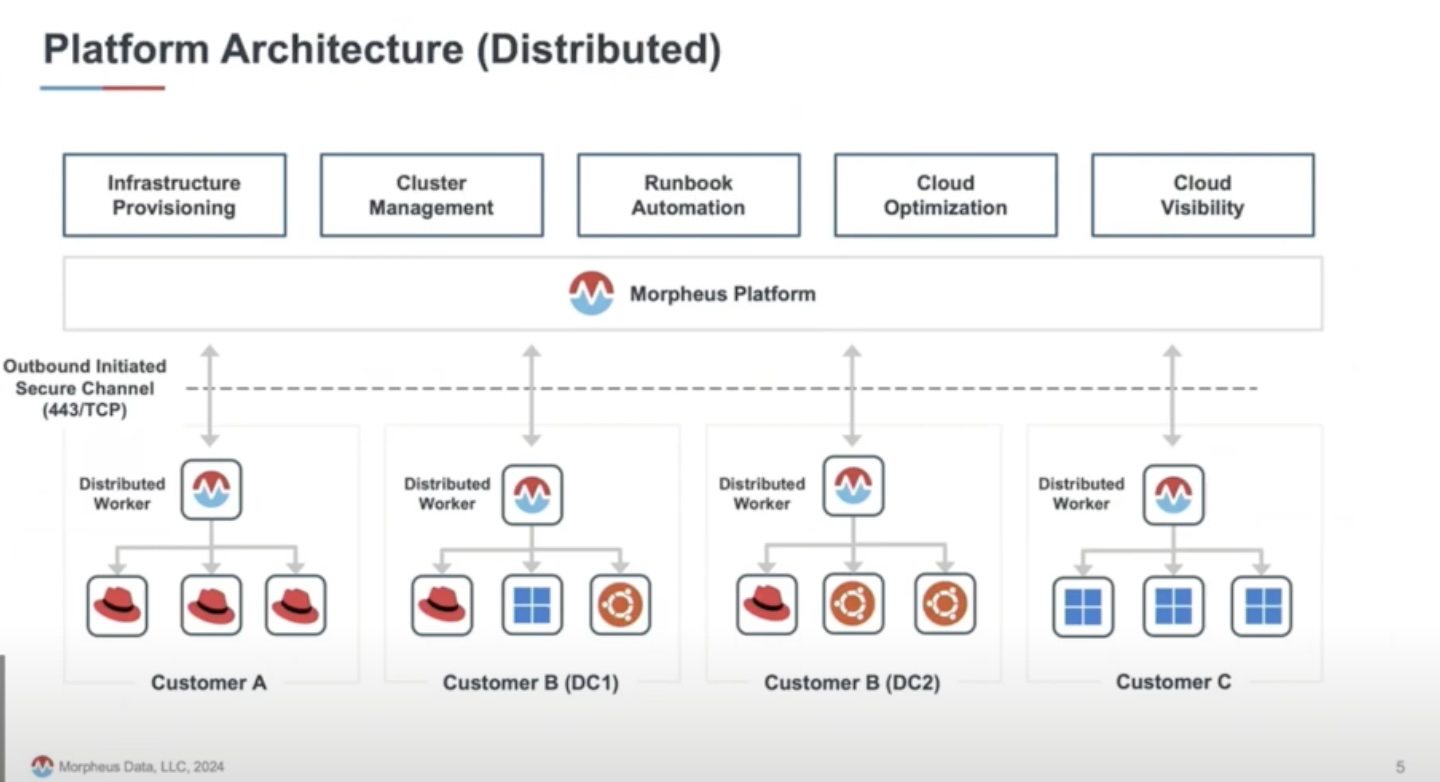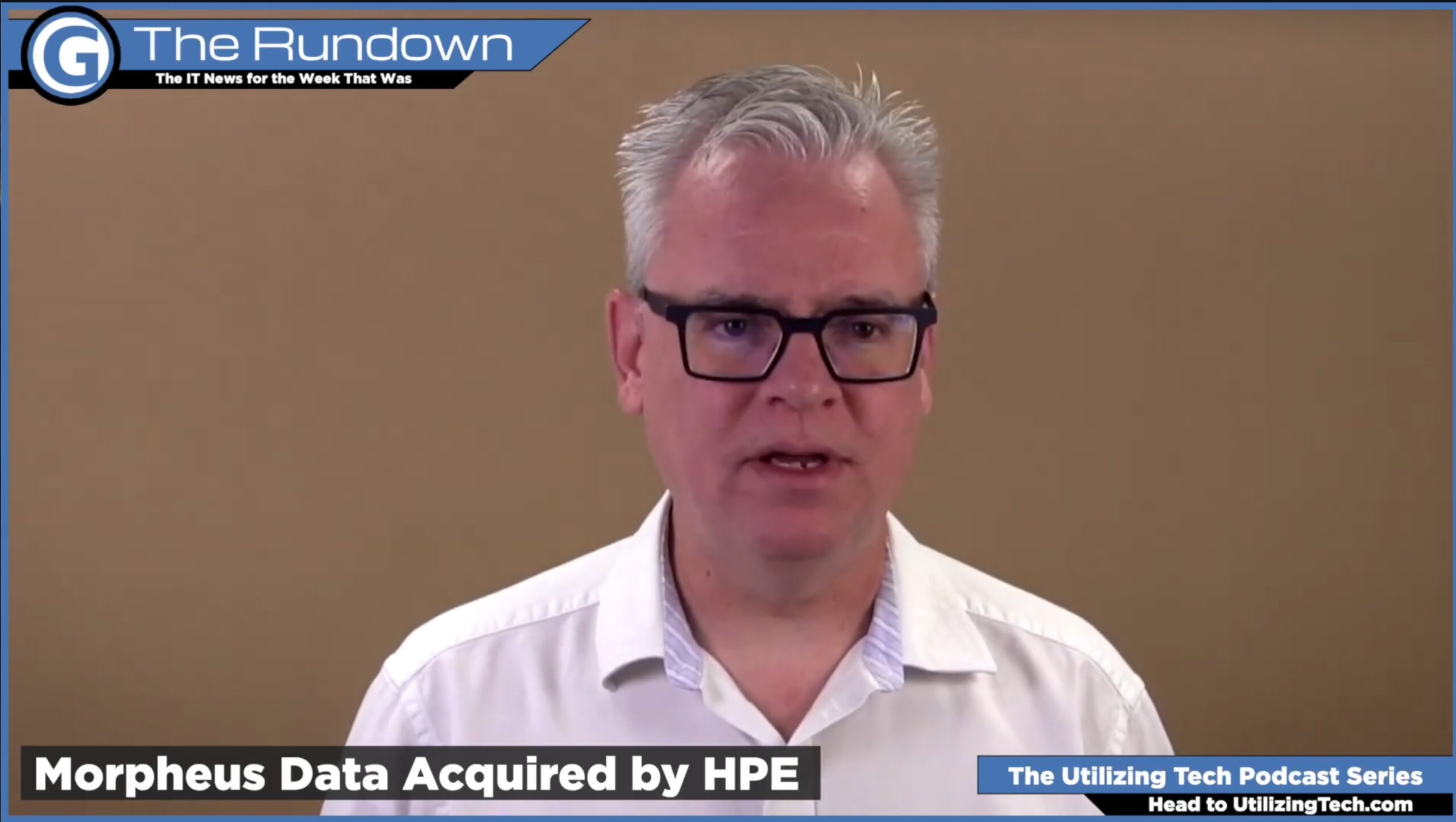The IT environment of today is staggeringly different from what it was yesterday. It’s not just the worlds of cloud and on-prem, but an interesting convergence of infrastructures comprising an ecosystem of disparate tools and technologies, have shaped out from nowhere.
Among them, Kubernetes is a system widely used to orchestrate containerized applications. Although highly powerful no doubt, but Kubernetes is also notoriously complex. At the recent Cloud Field Day event, Morpheus Data presented the Morpheus Platform that helps overcome K8s’ operational challenges and simplifies consumption of hybrid cloud.
Self-Service IT Makes Hybrid Cloud Consumption Easier
As enterprises in the cloud eventually graduate to using Kubernetes, they identify a new concern– what to do with the on-prem applications that do not make sense to put in Kubernetes? Debating between putting these large applications in a cluster and keeping them where they are, they go one of the two ways each of which leads to a hybrid cloud environment and running a hybrid cloud environment is not without its challenges.
Morpheus Data seeks to change that with a unified orchestration platform that is built to deliver self-service IT. The Morpheus Platform supports container management, hybrid cloud management, service management and infrastructure automation. Designed for platform engineering, it enables self-service provisioning of applications of any kind across public and private clouds. So whether a company chooses to put their applications in the cloud or run them in the VM space, they will be able deploy them seamlessly and speedily.
Martez Reed, Director of Technical Marketing at Morpheus Data says, “Being able to provide both those options in terms of modality as well as management in the single platform is really a major value proposition of Morpheus.” He adds, “Workload provisioning is a core aspect of the Morpheus Platform.”
The Morpheus Platform facilitates three key things on Kubernetes – build, manage and consume. The platform gives engineers the ability to build or provision K8s clusters really fast on the Morpheus Platform. The Morpheus Platform is designed with automation functions with which cluster management can be largely automated.
Using Kubernetes with the Morpheus Orchestration Platform
At the recent Cloud Field Day event, Martez Reed presented the Morpheus Platform. He began the session with an overview of the platform and talked about how it helps organizations consume hybrid cloud and make full use of Kubernetes without struggling with its complexities. He followed it up with a technical demo making things a bit more visual for the audience.
The platform enables users to natively provision AKS, EKS and GKE clusters with its cloud integrations that include AWS, GCP and Azure.
The Morpheus Platform has a built in Kubernetes distribution called Morpheus Kubernetes Distribution (MKS) that can be deployed in any cloud. It includes add-on solutions like Prometheus and Grafana. The distribution enables users to quickly deploy a Kubernetes cluster out of the box on premises or in the public cloud, thanks to the platform’s broad cloud support. Using its robust integration, users can also provision third-party distributions from the Morpheus Platform.
With its built-in automation functions, the Morpheus Platform facilitates building of new K8s clusters as well as importing of existing brownfield clusters hosted on premises or in the cloud that have not been directly provisioned via the Morpheus Platform.

The Morpheus Platform provides deep visibility and management capabilities for the K8s clusters. A vendor-agnostic platform, it allows users to pull in any solution that is deployed in the system. In terms of visibility, the Morpheus Platform provides information and insights about memory, CPU, performance, and the general status of the clusters. For monitoring purposes, it also offers insights into the workloads inside those clusters. Additionally, it offers the ability to natively interface with K8s objects like services and pods.
One of the most significant things about the Morpheus Platform is the built-in automation engine that facilitates Day 2 operations by automating cluster maintenance works.
The Morpheus Platform has a self-service catalogue featuring all the commonly used applications and add-ons. Operators can add and remove from the list curating their own version from which applications can be launched via the Kubernetes Manifests or a third-party tool.
Morpheus’ blueprinting capabilities simplifies provisioning of both Kubernetes and non-Kubernetes workloads. It allows objects like VMs or instances, and even Kubernetes and non-Kubernetes workloads to be tied together in groups.
Wrapping Up
It is obvious that the Morpheus Platform caters to a wide variety of use cases. It is built keeping in mind that self-service provisioning needs vary for every user, and it has the capabilities it takes to satisfy them all. It definitely makes Kubernetes low-friction just by cutting down the manual process handoffs. Self-service provisioning of hybrid workloads, especially the complex ones with a simple one-line code or sometimes even a click of a button is surely something engineers can use to accelerate application deployments.
For more on the Morpheus Platform, check out other presentations by Morpheus Data from the recent Cloud Field Day event.




